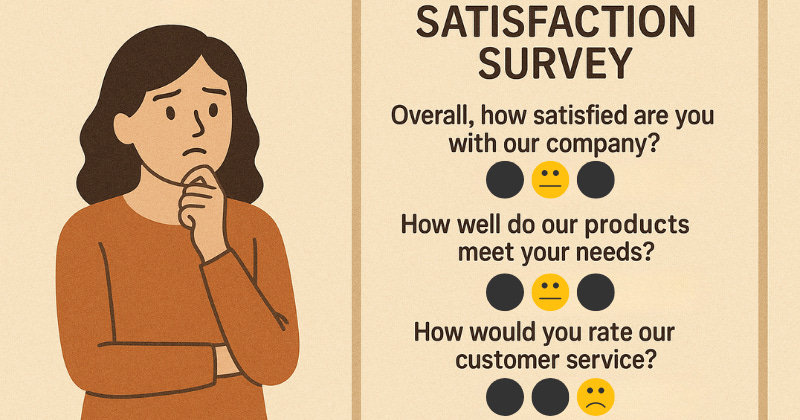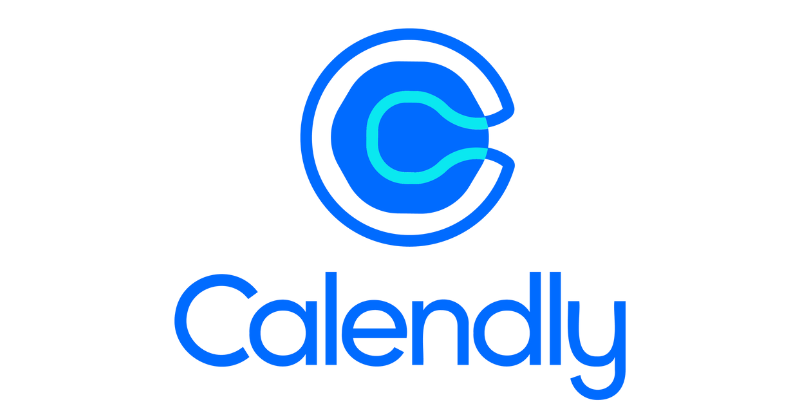Using AI to uncover workflow bottlenecks, optimize pricing in real-time, predict customer churn, and slash cloud spending
Operational improvements that actually move the needle.
Thanks for reading AlphaEngage issue #110. Read past issues.
Inside: Process mining that exposes hidden waste, dynamic pricing that boosts revenue, cloud optimization that cuts costs, and predicting churn before it happens.
OPERATIONS
The Productivity Killers Hiding in Plain Sight
Your processes are probably messier than you think, and these hidden inefficiencies are quietly bleeding time, money, and employee sanity across your organization. The problem is that traditional process improvement relies on people telling you how work actually gets done.
Spoiler alert: People are terrible at this. I’ve conducted process discovery for numerous companies, and most employees describe an ideal process, rather than the actual one. They forget about the workarounds, the exceptions, and the "quick fixes" that became permanent parts of the workflow.
AI process mining doesn't require people to provide any input. It monitors everything and maps what is actually happening by analyzing your digital footprints across all systems, including emails, CRM activities, document edits, approvals, and system logins. It reconstructs the actual process flows, identifies bottlenecks, and spots variations that slow everything down. The resulting insights are often shocking.
That "streamlined" approval process actually has 13 different variations, depending on who initiates it. Your customer onboarding process takes three days longer when certain team members are involved. Purchase orders under $500 somehow require more steps than those over $5k. And invoice processing, which should take two days, is averaging eight because of a weird exception handling pattern that nobody documented.
The real power comes from the recommendations. AI doesn't just highlight problems, but also suggests specific fixes. Move this approval earlier in the process, automate the handoff, eliminate the redundant step, and then standardize these three variations into a single optimal flow.
Several platforms are making process mining and optimization accessible to organizations of all sizes:
Celonis leads the process mining space with deep AI analysis capabilities
UiPath Process Mining integrates directly with their automation platform
Microsoft Process Advisor works seamlessly with its Power Platform
Signavio provides comprehensive business process intelligence
Start with your highest-pain processes, the ones people complain about most. You'll be amazed at what AI uncovers when it actually watches how work flows through your organization instead of relying on org charts and procedure manuals.
Remember, though, that although SaaS solutions make all of this much easier, your biggest implementation challenge isn't technical—it's organizational. Process mining will expose inefficiencies that implicate specific people and departments. However, before deploying any tool, establish a 'no-blame' discovery phase where findings focus on system improvements rather than individual performance.
Plan for 2-3 months of discovery and change management alongside the technical implementation, including stakeholder interviews to understand current workarounds, communication plans to explain the reasons behind process changes, and training programs that help employees adapt to new workflows rather than feeling replaced by them.
SALES & MARKETING
AI Price Testing That Actually Moves Revenue
Pricing could be your biggest untapped revenue lever, and most companies are leaving serious money on the table because they're still guessing at what customers are willing to pay for products or services.
Traditional A/B testing for pricing can take months, require massive sample sizes, and often yield inconclusive results. AI-powered dynamic pricing changes all of that by testing and optimizing prices in real-time across different customer segments, market conditions, and competitive landscapes.
The old way of pricing was mostly set it and forget it, with perhaps an annual review if you were really on top of things. AI pricing optimization runs thousands of micro-experiments continuously, learning what drives purchase decisions for different customer types, while adjusting for market conditions, competitor moves, and even external factors such as seasonality or economic indicators.
Instead of testing one price against another for your entire customer base, AI can test dozens of pricing variations across micro-segments simultaneously. It may learn that enterprise customers respond differently to pricing than small businesses, that certain industries are more price-sensitive than others, and that customers from different geographic regions have completely different buying journeys.
AI price testing helps to surface things that are otherwise quite difficult to conclude without serious data analysis. For example, your premium tier may be underpriced for certain customer segments, or a slight price increase on your mid-tier offering might prompt customers to opt for your high-margin premium option. Perhaps bundling certain features together may create more value perception than selling them separately, even at a higher total price.
There are many options, but some of the leading dynamic pricing platforms include:
Pricefx - Comprehensive pricing optimization with AI-driven recommendations
Dynamic Yield - Real-time personalization, including pricing tests
Vendavo - B2B pricing optimization with margin analytics
Perfect Price - Optimizes pricing across different channels and customer segments
The implementation approach that works best is starting with your highest-volume products or services, where small percentage improvements create a significant revenue impact. Run the AI alongside your current pricing for 30-60 days to establish baseline performance, then gradually shift to AI-recommended pricing for specific segments.
Most companies experience a 2-8% revenue increase within the first quarter, and these improvements compound as the AI learns more about customer behavior patterns.
IT & FINANCE
Smarter Cloud Optimization
Your cloud spending is likely 30-40% higher than it needs to be. It’s mainly because traditional cloud monitoring systems only show you what has already happened. So by the time you notice the waste, you've already paid for it.
This is where AI-powered FinOps comes in, completely flipping the dynamic. Instead of reactive reporting, you get predictive management that adjusts automatically. These systems continuously right-size instances to match actual usage, automatically shift workloads to cheaper spot capacity when available, move data between storage tiers based on access patterns, and predict long-term usage to optimize reserved instance purchases.
The immediate impact areas are powerful...
Right-sizing instances alone typically saves 10-15% by matching compute resources to actual demand, rather than relying on guesswork.
Spot instance management can reduce compute costs by an additional 20-30% by intelligently allocating workloads to more cost-effective capacity.
Storage optimization automatically moves rarely accessed data to lower-cost tiers.
Reserved capacity planning utilizes machine learning to predict long-term usage patterns, enabling optimal purchasing decisions.
Here are some AI solutions to help your teams better optimize cloud spend:
AWS Cost Optimizer - Native tools within Amazon Web Services with AI-powered recommendations
CloudHealth (VMWare) - Multi-cloud optimization with detailed analytics
CloudBolt (they recently acquired StormForge) - Build, manage, and optimize any cloud resource
Densify - Resource optimization across multiple cloud providers
And here's an over-simplified kick-off strategy:
Week 1: Implement automated start/stop for development environments (typically 20-30% savings)
Week 2: Right-size the obviously oversized instances (another 10-15% reduction)
Month 2: Deploy AI-powered monitoring for ongoing optimization
Most organizations achieve meaningful cost reductions within the first 90 days, with research from McKinsey indicating that the right approach can reduce cloud program costs by up to 25%. Additionally, most AI-powered cloud optimization tools typically pay for themselves within the first few months of implementation.
CUSTOMER SUCCESS
Predicting Churn Before It Happens
Your best customers are already showing warning signs that they're thinking about leaving. The problem is that by the time these signals become apparent to the people in charge of monitoring churn, it's too late to intervene effectively. AI changes this completely by identifying at-risk accounts months before traditional methods would catch the pattern.
Customer success teams have traditionally been reactive, responding to problems after they surface through renewal conversations, support ticket escalations, or obvious usage drops. AI enables truly proactive intervention by spotting subtle behavioral changes that then predict future churn.
The leading indicators of potential churn are fascinating when you dig into them. Engagement patterns tell a story through declining interaction frequency, reduced purchase volumes, or shorter transaction cycles. Support patterns reveal stress points, such as an increase in complaint volume, negative sentiment in communications, and a higher frequency of escalations. Behavioral anomalies can indicate dissatisfaction through service abandonment, abnormal purchasing patterns, or delayed payments.
But all of that data is useless if it fails to drive action. AI enables automatic alerts to customer success managers when risk scores exceed thresholds. It triggers personalized outreach campaigns based on specific risk factors. It recommends targeted training for customer segments showing risk signals. It prompts executive engagement for high-value at-risk accounts.
Some examples of AI platforms that can help you decrease customer churn drastically include…
Gainsight - A comprehensive customer success platform with predictive analytics
ChurnZero - Real-time customer health scoring with automated playbooks
Totango - Multi-touch attribution and success outcome tracking
ClientSuccess - AI-driven customer health monitoring with intervention workflows
Recent case studies suggest that most teams experience a 15-25% improvement in retention rates within six months when utilizing these AI solutions. These platforms aren’t magic, though. You will have to act on the signals they surface, not just collect them. Start by identifying your top three churn indicators, then build automated workflows around each one. Your renewal rates will thank you.
AI IN ACTION
Smart Scheduling at Scale
Problem: Calendly faced the challenge of optimizing meeting scheduling across millions of users with different time zones, availability patterns, and preferences. Manual scheduling was creating friction for both hosts and invitees, while their existing algorithm-based system couldn't adapt to complex, real-world scheduling constraints.
AI Solution: Calendly implemented machine learning algorithms that analyze historical scheduling patterns, user preferences, and contextual data to optimize meeting suggestions. The AI considers factors such as time zone preferences, meeting frequency patterns, optimal meeting lengths, and external factors like traffic or commute times for in-person meetings. The system continuously learns from user behavior to improve future recommendations.
Results: The AI-powered scheduling optimization has resulted in a 40% reduction in back-and-forth scheduling emails, a 25% increase in meeting attendance rates, and a 60% improvement in user satisfaction scores. The system now processes over 10 million scheduling decisions monthly, with each interaction making the AI more accurate for future users.
⚠️ A Critical Warning About AI Integration
I discuss multiple AI solutions in this newsletter, and I feel that a disclaimer of sorts might be needed to clarify how all this might unfold.
If you're implementing multiple AI initiatives simultaneously—which most organizations are—you need coordination governance, not just individual tool success.
AI-powered pricing decisions can conflict with churn prediction recommendations. Process mining might suggest workflow changes that break your cloud optimization assumptions. Dynamic pricing algorithms can inadvertently trigger customer success alerts if not correctly aligned.
I’ve said it before, but executives need to establish an AI Integration Team with representatives from each functional department exploring and especially already using AI. This team should meet monthly to review how different AI systems interact, share data dependencies, and resolve conflicts before they become expensive mistakes. They should document which AI system has decision priority in overlapping scenarios.
Your biggest risk isn't any single AI failure—it's multiple AI systems working against each other while each appears to be working perfectly in isolation. This is a very common scenario right now, as so many teams are testing so many different tools.







